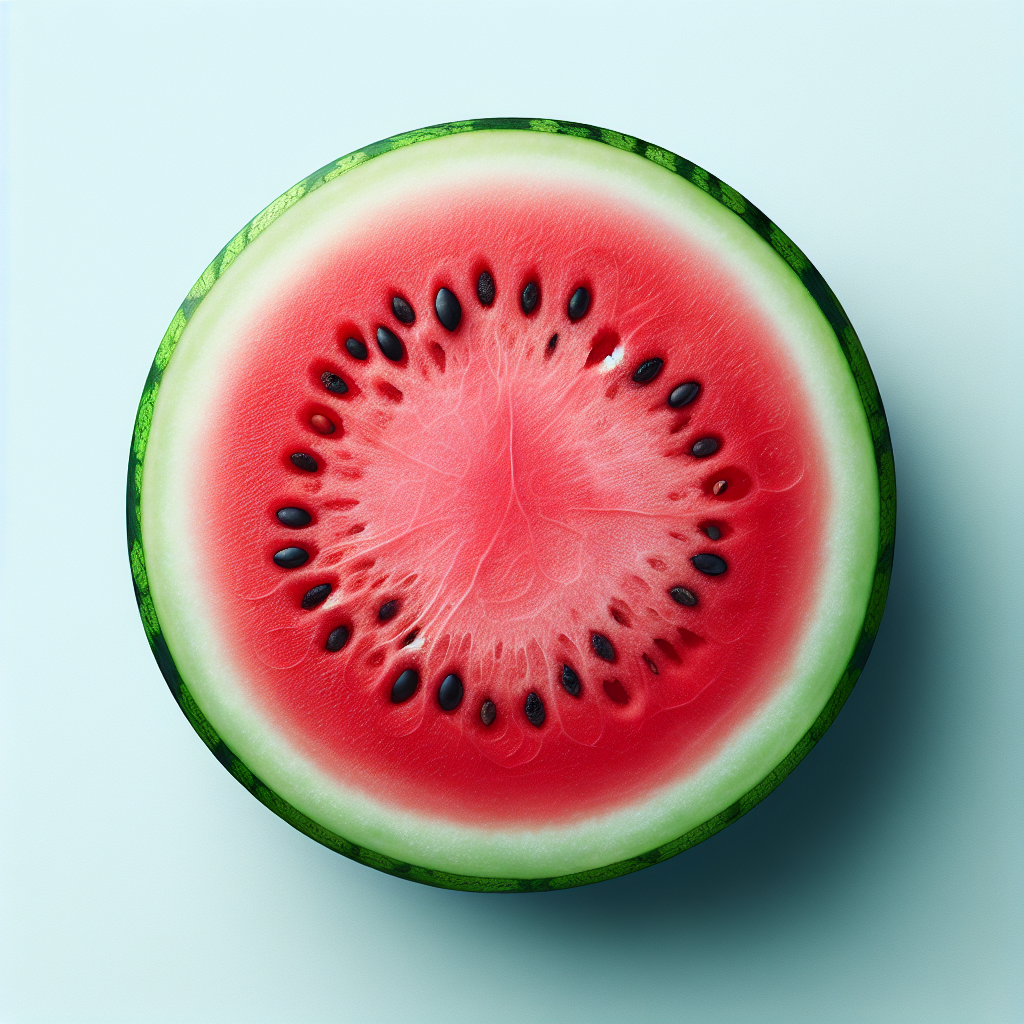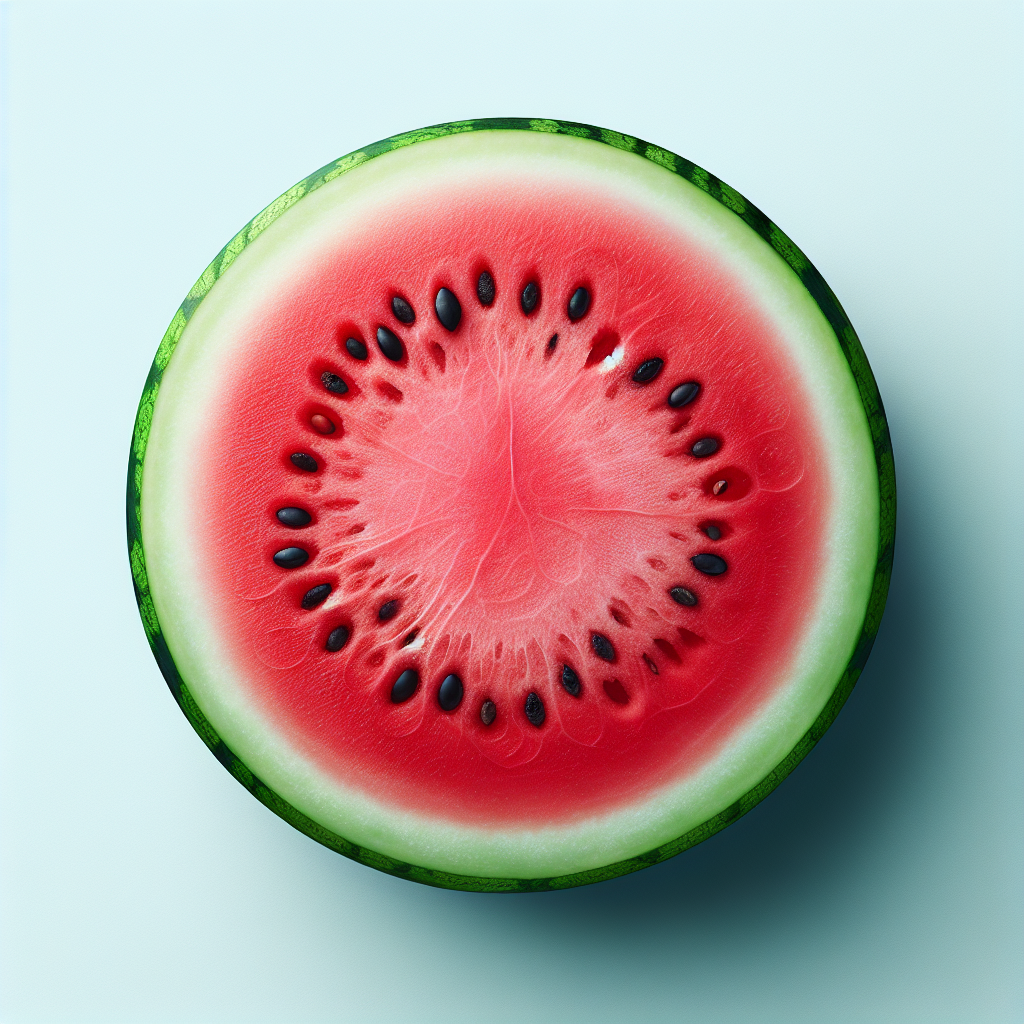Are you curious about the sugar content in different fruits? Well, look no further! In this article, we will explore which fruit contains the highest amount of sugar. We all know that fruits are generally healthy and nutritious, but it’s important to be aware of their varying sugar levels, especially if you are watching your sugar intake. So, let’s dive into the sweet world of fruits and uncover which one takes the crown for the highest sugar content.

Overall Ranking
When it comes to fruits, their sugar content can vary widely. Some fruits are naturally high in sugar, while others are relatively low. To help you make informed choices about the fruits you consume, we have compiled a comprehensive ranking based on their sugar content. This ranking is divided into three categories: fruits with the highest sugar content, fruits with moderate sugar content, and fruits with the lowest sugar content. Let’s delve into each category and explore the specific fruits within them.
High Sugar Fruits
In the category of fruits with the highest sugar content, we have several delicious options for you to enjoy. Mangoes, known for their sweet and juicy flavor, top the list. They are followed closely by grapes, cherries, and pomegranates, all of which pack a punch in terms of their sugar content. While these fruits may be high in sugar, they also offer a range of other nutritional benefits, which we will explore further in this article.

Moderate Sugar Fruits
For those looking for a balance between sweetness and moderation, fruits with moderate sugar content are an excellent choice. Bananas, apples, pears, and oranges fall into this category. These fruits provide a satisfying level of sweetness without being overwhelming. They are a versatile addition to various dishes and can be enjoyed in numerous ways, whether eaten whole or incorporated into recipes.
Low Sugar Fruits
If you’re watching your sugar intake or simply prefer fruits with lower sugar content, we have a selection of options for you as well. Strawberries, blueberries, raspberries, and kiwi are examples of fruits that are relatively low in sugar. Despite their lower sugar content, these fruits are bursting with flavor and offer a multitude of health benefits. They are rich in essential vitamins, minerals, and antioxidants, making them an excellent choice for those seeking a nutrient-dense snack.

Factors Influencing Sugar Content
Now that we have explored the different categories of fruits based on their sugar content, let’s delve into the factors that can influence the levels of sugar found in fruits. Understanding these factors can give us insight into why certain fruits have higher or lower sugar content.
Ripeness
The ripeness of a fruit plays a significant role in its sugar content. As fruits ripen, their sugar levels increase. This is why ripe fruits tend to taste sweeter than unripe ones. For example, a firm, green banana will have lower sugar content compared to a fully ripe, yellow banana. Therefore, if you’re looking to reduce your sugar intake, opting for less ripe fruits might be a good strategy.
Growing Conditions
The conditions in which fruits are grown can also impact their sugar content. Factors such as sunlight, temperature, and soil composition play a role in how fruits develop and the amount of sugar they accumulate. Fruits grown in optimal conditions with abundant sunlight and nutrient-rich soil tend to have higher sugar content. On the other hand, fruits grown in less ideal conditions might have lower sugar levels.
Varieties
Different fruit varieties can have varying sugar content as well. For example, some apple varieties are known for their natural sweetness, while others have a more tart flavor. Similarly, certain grape varieties are sweeter than others. When considering the sugar content of fruits, it’s essential to consider the specific variety you are consuming.
Fructose Content
Now, let’s shift our focus to one particular type of sugar found in fruits: fructose. Understanding fructose and its role in fruit sugars can provide further insight into the sugar content of different fruits.
Understanding Fructose
Fructose is a simple sugar commonly found in fruits. It is naturally occurring and also present in other foods like honey and table sugar. Fructose has a sweet taste and is widely used as a sweetener in various processed foods and beverages.
The Role of Fructose in Fruit Sugars
In fruits, fructose is the predominant type of sugar. It contributes to the overall sweetness of fruits and is a crucial component of their flavor profile. However, it’s important to note that fructose, when consumed in excess, can have negative health impacts, particularly on metabolic health. This is why it’s essential to consume fruits in moderation and balance their sugar content with a well-rounded diet.
Fructose Levels in Different Fruits
While fructose is present in all fruits to some degree, the actual levels can vary. Fruits with higher overall sugar content, such as mangoes and grapes, also tend to have higher fructose levels. On the other hand, fruits with lower sugar content, like strawberries and raspberries, have relatively lower fructose content as well.

Effects on Blood Sugar
For individuals with diabetes or those concerned about their blood sugar levels, understanding how high sugar fruits can impact blood sugar is crucial. Let’s delve into this topic further.
The Glycemic Index and Fruit Sugar
The glycemic index (GI) is a ranking system that measures how quickly carbohydrates, including sugar, in food enter the bloodstream and raise blood sugar levels. High GI foods can cause a rapid spike in blood sugar, while low GI foods lead to a more gradual increase. However, it’s important to note that the GI of a food is influenced by various factors, including the presence of fiber and other nutrients.
How High Sugar Fruits Affect Blood Sugar Levels
High sugar fruits, such as mangoes and grapes, have the potential to raise blood sugar levels more quickly compared to fruits with lower sugar content. However, the impact on blood sugar can vary depending on various factors, including individual metabolism and overall diet. Consuming high sugar fruits in moderation and pairing them with foods that have a lower GI can help minimize blood sugar spikes.
Balancing High Sugar Fruits with Low Glycemic Foods
To mitigate the potential impact of high sugar fruits on blood sugar levels, it can be beneficial to pair them with foods that have a lower glycemic index. Incorporating protein, healthy fats, and fibers into your meals and snacks can slow down the absorption of sugar and promote more stable blood sugar levels. For example, enjoying a mango with a handful of nuts or adding some avocado to a fruit salad can help balance the overall glycemic load.
Nutritional Benefits
While sugar content is an important factor to consider when choosing fruits, it’s equally crucial to recognize the nutritional benefits they provide.
Vitamins and Minerals in High Sugar Fruits
High sugar fruits, such as mangoes and cherries, are not only deliciously sweet but also a fantastic source of essential vitamins and minerals. They are high in vitamins C and A, which support immune function and promote healthy skin. Additionally, high sugar fruits are rich in potassium, an electrolyte that plays a role in maintaining proper cell function and blood pressure regulation.
The Importance of Fiber
Fruit, regardless of its sugar content, is an excellent source of dietary fiber. Fiber is a crucial nutrient that aids in digestion, promotes feelings of fullness, and helps maintain stable blood sugar levels. Even high sugar fruits, like grapes and pomegranates, provide a notable amount of fiber. Including fruits in your diet can help you meet your daily fiber requirements and support overall gut health.
Antioxidants in Fruits
One of the significant benefits of consuming fruits, regardless of their sugar content, is the abundance of antioxidants they provide. Antioxidants help protect the body against cell damage caused by harmful molecules called free radicals. High sugar fruits, such as grapes and cherries, are particularly rich in antioxidants, which contribute to their vibrant colors and potential health benefits.

Factors to Consider
While understanding the sugar content and nutritional benefits of fruits is important, it’s crucial to consider various factors when incorporating them into your diet.
Portion Sizes
Portion sizes play a significant role in managing sugar intake, especially when consuming high sugar fruits. Enjoying a moderate portion of these fruits can provide their nutritional benefits while limiting excess sugar intake. Striking a balance and being mindful of serving sizes can help you maintain a healthy relationship with fruits and manage your overall sugar consumption.
Individual Dietary Needs
Individual dietary needs and health conditions should be considered when selecting fruits. For individuals with diabetes or those following specific dietary plans, consulting with a healthcare professional or registered dietitian can provide personalized guidance on fruit consumption and sugar intake.
Overall Diet and Lifestyle
Lastly, it’s important to consider fruits within the context of your overall diet and lifestyle. While some fruits may be higher in sugar, if you are maintaining a well-balanced and varied diet, the impact of their sugar content can be minimized. By focusing on whole, unprocessed foods, incorporating a range of fruits and vegetables, and paying attention to portion sizes, you can create a healthy and enjoyable eating routine.
Summary
In conclusion, fruits offer a wide range of sugar content, allowing you to choose based on your taste preferences and nutritional needs. From high sugar fruits like mangoes and grapes to moderate options like bananas and apples, and finally to low sugar choices like strawberries and blueberries, there is a fruit for every preference. Understanding the factors influencing sugar content, such as ripeness, growing conditions, and varieties, can help you make informed choices. Additionally, considering fructose levels and the impact of fruits on blood sugar, along with their nutritional benefits, fiber content, and antioxidants, allows you to incorporate fruits into a healthy and balanced diet. As with any food, it’s important to consider portion sizes, individual dietary needs, and overall lifestyle when incorporating fruits into your eating routine. So go ahead, enjoy the sweetness and goodness of fruits while making mindful choices that align with your personal health goals.

